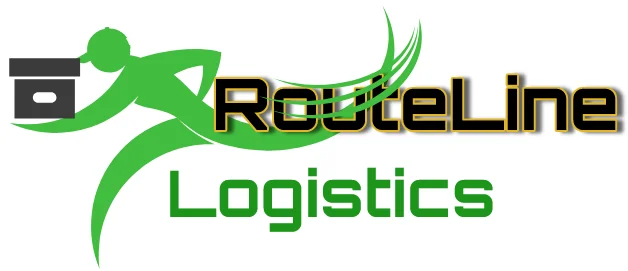Learn proven strategies for optimizing inventory levels, reducing carrying costs, and improving stock availability.
Effective inventory management balances the competing demands of customer service, cost control, and operational efficiency. Modern approaches leverage technology and analytics to optimize inventory investment.
**ABC Analysis and Segmentation**
Categorizing inventory based on value and velocity enables differentiated management strategies. High-value, fast-moving items receive more attention and tighter control, while low-value items can be managed with simpler systems.
**Just-in-Time (JIT) Principles**
JIT inventory management reduces carrying costs by synchronizing supply with demand. This approach requires reliable suppliers and accurate demand forecasting but can reduce inventory levels by 30-50%.
**Safety Stock Optimization**
Statistical models calculate optimal safety stock levels based on demand variability, lead time uncertainty, and service level targets. Dynamic safety stock adjustments respond to changing conditions automatically.
**Cycle Counting Programs**
Regular cycle counting maintains inventory accuracy without the disruption of annual physical inventories. Automated systems prioritize counting based on value, velocity, and accuracy history.
**Demand-Driven Replenishment**
Modern replenishment systems respond to actual demand signals rather than forecasts alone. This approach reduces bullwhip effects and improves inventory turns.
**Technology Integration**
Warehouse management systems, RFID technology, and automated data capture improve inventory accuracy and reduce manual effort. Real-time inventory visibility enables better decision-making.
Successful inventory management requires the right combination of processes, technology, and organizational commitment to continuous improvement.
**ABC Analysis and Segmentation**
Categorizing inventory based on value and velocity enables differentiated management strategies. High-value, fast-moving items receive more attention and tighter control, while low-value items can be managed with simpler systems.
**Just-in-Time (JIT) Principles**
JIT inventory management reduces carrying costs by synchronizing supply with demand. This approach requires reliable suppliers and accurate demand forecasting but can reduce inventory levels by 30-50%.
**Safety Stock Optimization**
Statistical models calculate optimal safety stock levels based on demand variability, lead time uncertainty, and service level targets. Dynamic safety stock adjustments respond to changing conditions automatically.
**Cycle Counting Programs**
Regular cycle counting maintains inventory accuracy without the disruption of annual physical inventories. Automated systems prioritize counting based on value, velocity, and accuracy history.
**Demand-Driven Replenishment**
Modern replenishment systems respond to actual demand signals rather than forecasts alone. This approach reduces bullwhip effects and improves inventory turns.
**Technology Integration**
Warehouse management systems, RFID technology, and automated data capture improve inventory accuracy and reduce manual effort. Real-time inventory visibility enables better decision-making.
Successful inventory management requires the right combination of processes, technology, and organizational commitment to continuous improvement.
